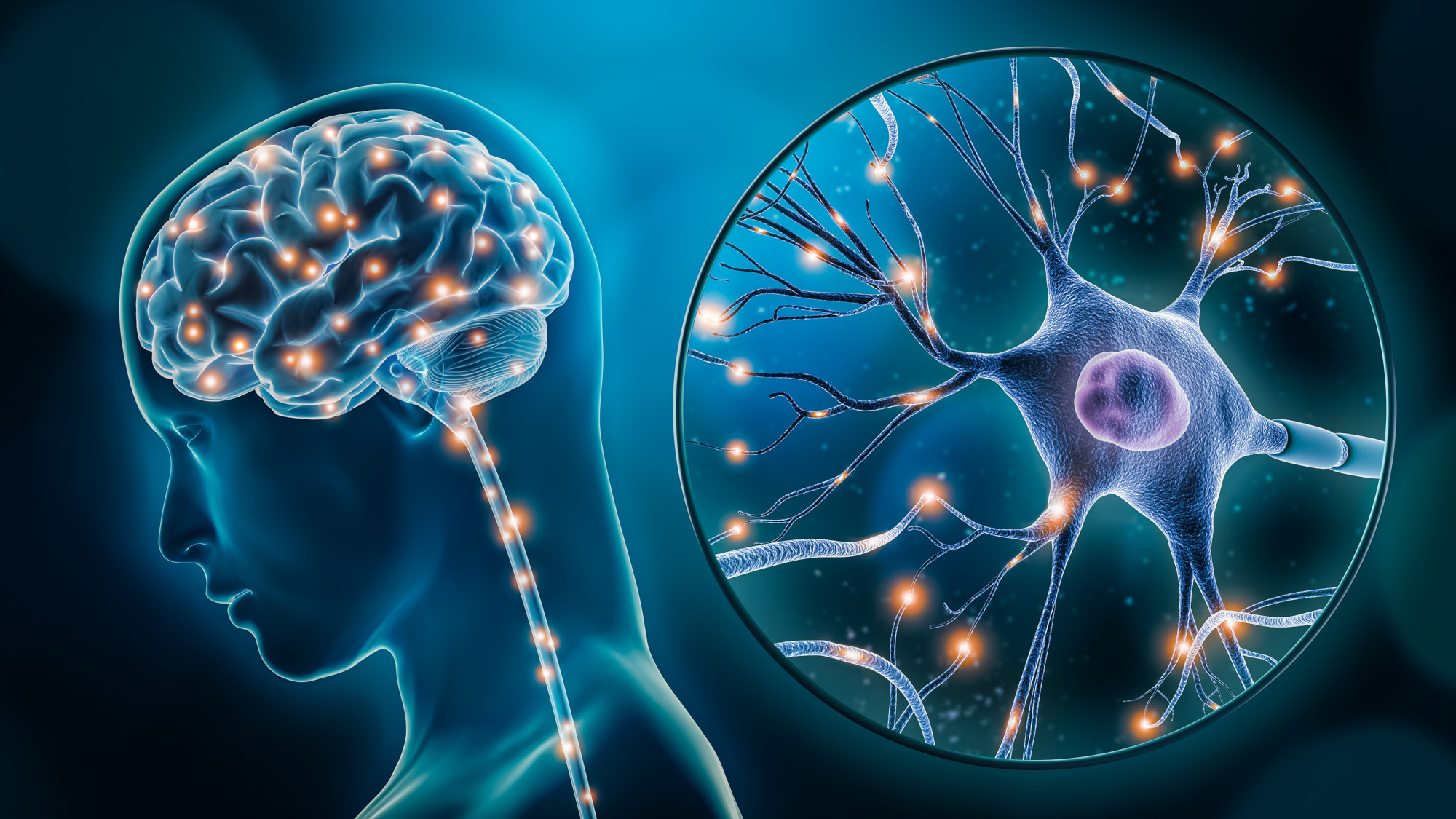At the forefront of neurological research, the exploration of electrical activity within the brain has always been a domain of profound mystery and immense potential. The LABS team, under the guidance of renowned Group Leader Francesco Pavone, is making strides in the field of All-optical Electrophysiology. This innovative approach combines optogenetics and advanced fluorescence imaging to shed light on neural circuits’ functionality. We had the opportunity to discuss with Professor Pavone the nuances and impacts of this exciting line of research.
Prof. Pavone, could you briefly explain the concept of All-optical Electrophysiology and its significance in neuroscience research?
All-optical Electrophysiology is a groundbreaking approach that merges optogenetics with fluorescence microscopy. Essentially, it allows us to activate and inhibit neurons using light, providing a window into understanding how neural circuits function. This technique is revolutionary because it offers a non-invasive yet highly precise method to study the electrical activity of neurons, which is crucial for understanding brain function and disorders.
What inspired you and your team to pursue research in this particular field?
The brain is an incredibly complex organ, and traditional methods of studying its electrical activity had significant limitations. We were inspired to develop a method that could provide more detailed insights into how neurons communicate and how this communication is altered in various neurological conditions.
What are some of the challenges you’ve faced in this research, and how have you overcome them?
One of the main challenges has been integrating optogenetics with advanced imaging techniques in a way that allows us to observe neural activity in real-time without disrupting the natural functioning of the brain. We’ve overcome this through continuous technological innovation and interdisciplinary collaboration.
Can you share some insights on how this research can impact the understanding and treatment of neurological diseases?
Absolutely. By understanding the exact patterns of neural activity in various conditions, we can develop better therapeutic strategies. For instance, in epilepsy or Parkinson’s disease, All-optical Electrophysiology could help identify specific neural disruptions and guide the development of targeted treatments.
Looking forward, what are the future directions or goals for your research in All-optical Electrophysiology?
Our goal is to refine these techniques further and apply them to more complex models. We’re particularly interested in exploring higher brain functions and how they are affected in different pathological states. Ultimately, we aim to contribute to the development of novel, more effective treatments for neurological disorders.




